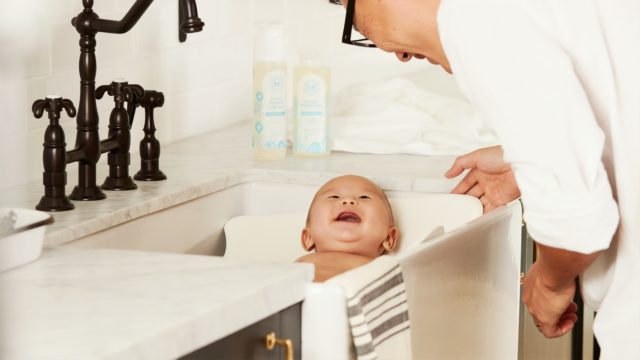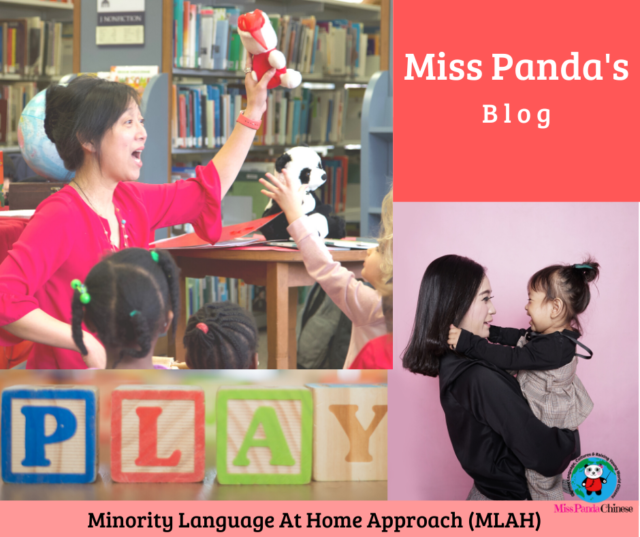Minority Language At Home MLAH – Raise A Bilingual Child

Speaking more than one language is the norm in many countries. A person might be speaking one language at work and speak another one or two languages at home. This is very common in some European countries. You also see it in Indian, Malaysia, Singapore, Malaysia, Africa, and China. Bilingualism seems natural in these countries.
Dr. François Grosjean, Psycholinguist, and Professor Emeritus and former Director of the Language and Speech Processing Laboratory at the University of Neuchâtel shares some common findings of bilinguals.
-
More than half of the world’s population speaks two or more languages every day.
-
Bilingualism is present on all continents, in all classes of society, in all age groups.
-
More than half of the population is bilingual in Europe.
In addition to the One Person-One Language approach (OPOL) parents use to nurture bilingualism in children, another strategy that some parents use is Minority Language At Home, MLAH (ML@H).
Children go to school and speak the community language. When they go home they speak another language or two with the parents or grandparents. When there is a need to use the languages the learning of multiple languages seems simple. What you see is that there is an equal language input for all the languages that the children are learning.
Here are a couple of examples:
For an American family who lives in South America and send their kids to an international American school. The school program is in English. But, the playground language is Spanish. And the community language outside of school is Spanish. Kids can pick up conversational Spanish as there is a need for it.
For a preschooler from an American family who lives in China, a Mandarin-speaking program with the local children in China provides 100% Mandarin language input. And, the playground program is Mandarin. Furthermore, when the child gets home her household helper only speaks Mandarin.
What we see in the example of the preschooler is that the home language, English, is the minority language and the parents will make efforts to maintain the language input of the minority language for their young children.
So, how about in the U.S.? What is the minority language?
For parents who speak Mandarin Chinese live in the U.S., Chinese is the minority language. For applying the Minority Langauge At Home strategy, both parents would only speak Chinese at home. However, the minority language does not need to be the native language of both parents. Their child will become sequential bilingual. That means the child will learn English, the community language after she starts mainstream daycare or school.
The one common concern that parents have for MLAH is that the child will not speak the community language as she enters school. Children are open and curious about new things and language is one of them. There are parents have successfully used this approach and transition from one language (at home) to add the second language (at school) to a young child’s daily life.
Minority Langauge At Home and Outside of Home is a variation of the MLAH approach.
Parents can use the minority language at home and in public. When we talk about the minority language we are also referring to the minority culture. As children grow the Chinese language and Chinese culture need to grow with the life of the children. This connects with how they identify with the minority language and culture.
With increasing input of the community language and culture in a child’s life, the visibility of the minority language and culture is increasingly important. Having the Chinese language spoken at home and in public shows that the minority language, Chinese, is equally important and it is a language that the family is proud of.
Is MLAH an approach you are considering? Does your spouse also feel comfortable to speak the minority language? What are some other questions you may have for the MLAH approach?
Read more in Teach Your Child A Second Language series:
Start with Songs And Music
Incorporate Everyday Expressions
Have Fun With Games
Create A Routine
Engage The Senses
Keep A Happy Mindset

Image by The Honest Company
Minority Language At Home MLAH – Raise A Bilingual Child